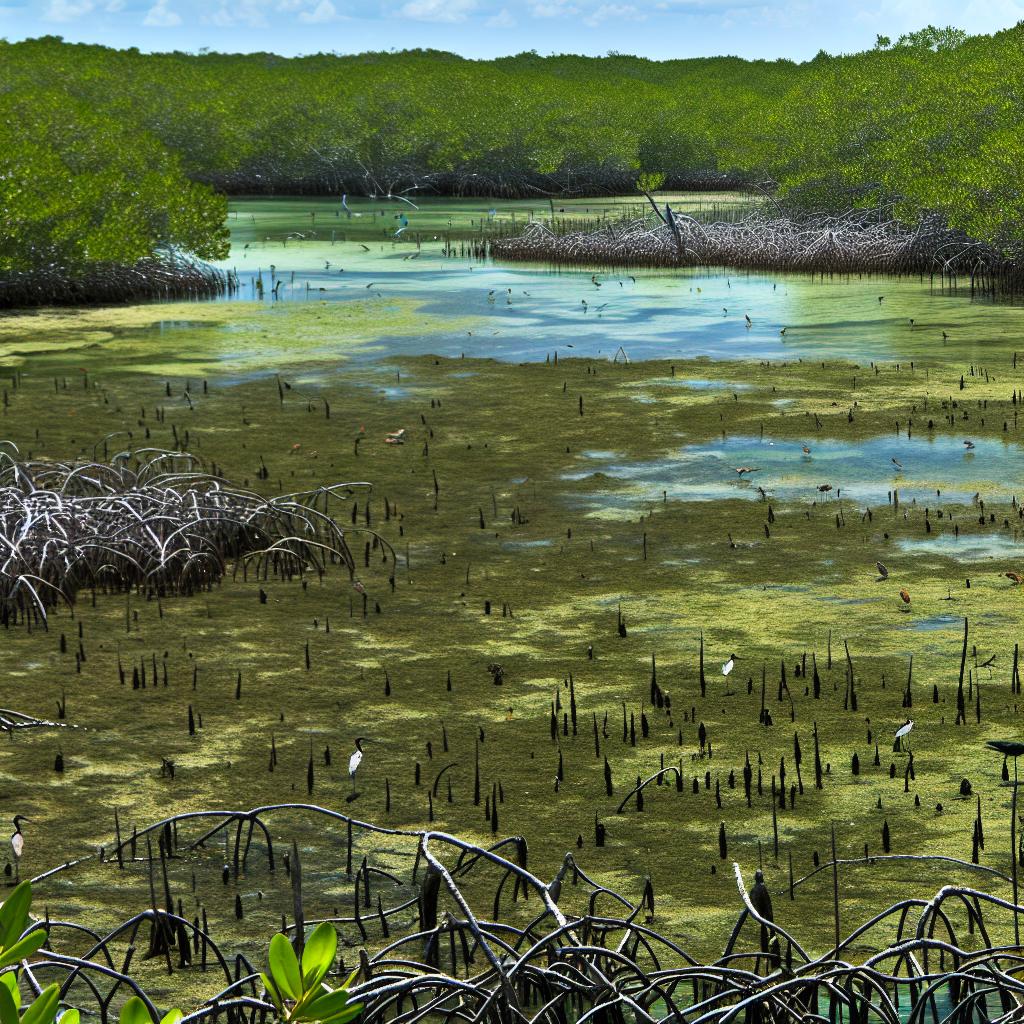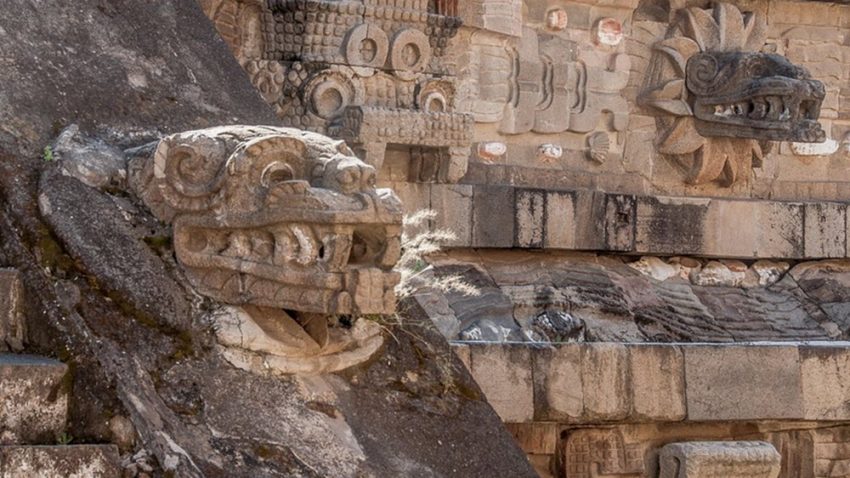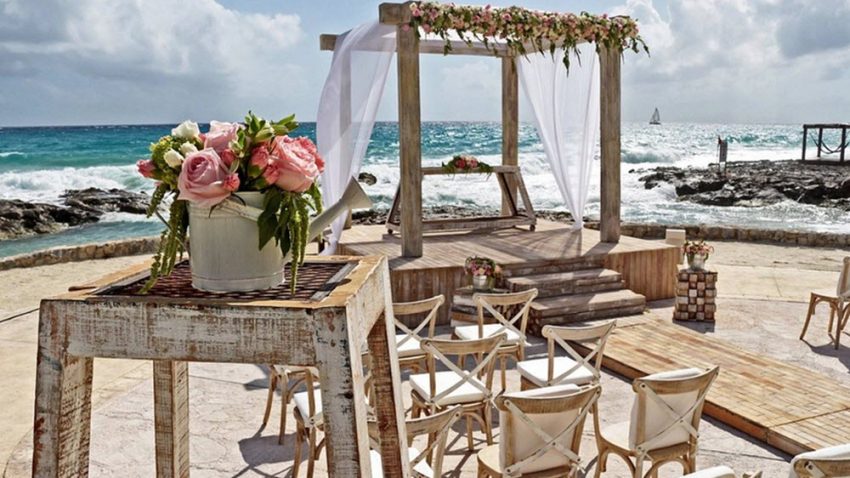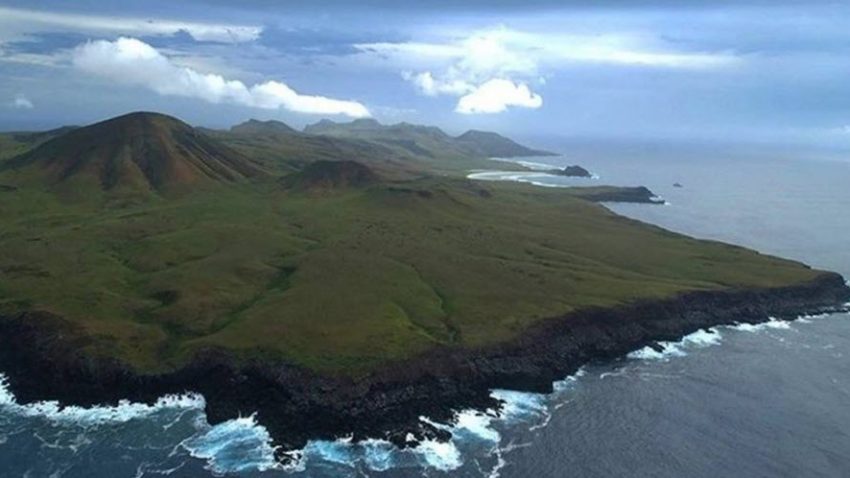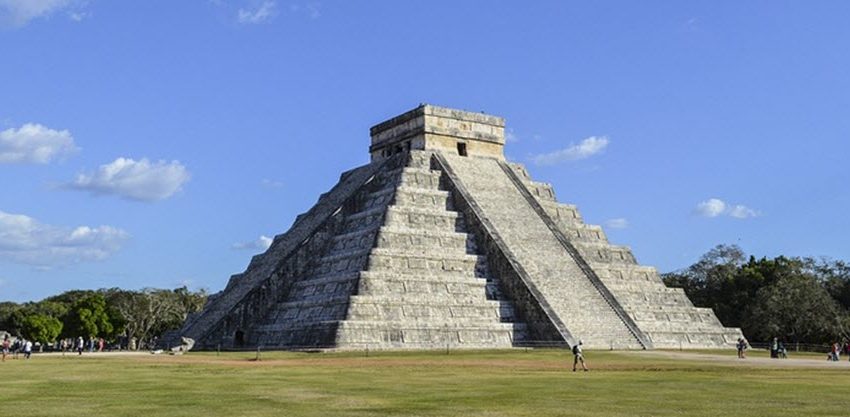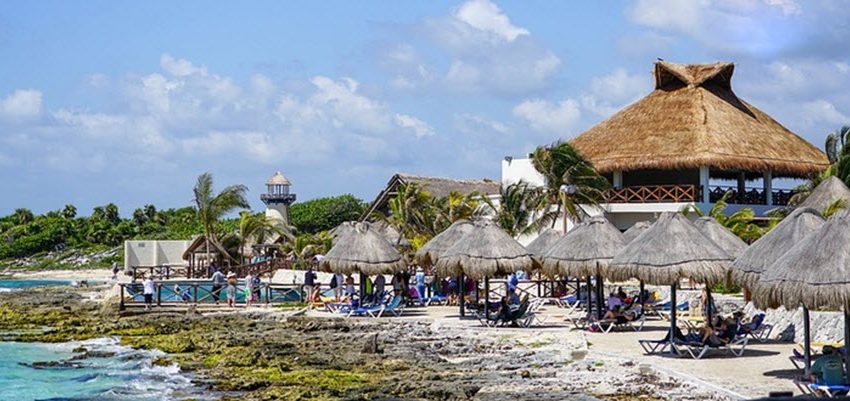Overview of Sian Ka’an Biosphere Reserve
Situated on the eastern coast of the Yucatán Peninsula in Mexico, the Sian Ka’an Biosphere Reserve stands as one of the largest protected areas in the country. Encompassing approximately 528,000 hectares of tropical forest, wetlands, and marine habitats, it earned the distinction of being a UNESCO World Heritage Site in 1987. The name “Sian Ka’an” translates to “Origin of the Sky” in the Maya language, reflecting both the cultural and ecological significance of this exceptional region.
Geographic and Geological Features
The Sian Ka’an Biosphere Reserve is characterized by a remarkably diverse landscape. It includes lush tropical forests, expansive mangroves, vast marshes, and an impressive barrier reef. This reserve is part of the Mesoamerican Barrier Reef System, which ranks as the second-largest coral reef system globally. Inland, the terrain is dotted with cenotes—natural sinkholes that create unique habitats for a variety of species and serve as an essential source of freshwater.
Flora and Fauna
The biosphere reserve boasts a rich diversity in biodiversity. It is home to over 300 species of birds, providing a habitat for remarkable species such as flamingos, herons, and toucans. Various mammal species also thrive here; one can find majestic animals like jaguars, pumas, and the intriguing howler monkeys. The extensive marine life includes captivating species like manatees, playful dolphins, and graceful sea turtles, all of which contribute to the vibrant ecosystem of Sian Ka’an.
Conservation Efforts
Efforts to preserve Sian Ka’an’s natural environment have led to numerous conservation initiatives. The key objectives of these initiatives focus on habitat preservation, scientific research, and the sustainable use of resources. The management of the reserve involves a collaborative strategy that includes local communities, indigenous groups, and governmental efforts. These collaborations are essential in maintaining the ecological integrity of the reserve, ensuring its rich biodiversity is protected for generations to come.
Visiting the Reserve
For those considering a visit, Sian Ka’an offers an array of opportunities for ecotourism. Activities such as bird watching, kayaking, and guided tours provide visitors with an immersive experience into the reserve’s ecological and cultural significance. It is vital for visitors to follow established guidelines aimed at minimizing environmental impact to help preserve the reserve for future generations.
For more information about eco-friendly tours and visits, consider consulting with local guides and tour operators who adhere to sustainable practices. Protecting Sian Ka’an transforms it into more than just a site of natural beauty—it becomes a vital component of our shared global heritage.
A Closer Look at the Ecosystems
The ecosystems within Sian Ka’an are intricately linked and play a critical role in the overall health of this biosphere reserve. The tropical forests provide a canopy that supports a myriad of life forms, from the smallest insects to the largest mammals. Mangroves, on the other hand, act as natural barriers protecting the coastlines from erosion while offering crucial breeding grounds for numerous marine species. The marshes within the reserve are teeming with life, serving as vital habitats for migratory birds.
Similarly, the barrier reef is an underwater spectacle, brimming with marine biodiversity. It not only provides a window into the beauty beneath the waves but also serves as a crucial breeding ground and sanctuary for countless marine organisms. Protecting these ecosystems is pivotal, not just for maintaining biodiversity but also for ensuring the livelihoods of local communities intertwined with natural resources.
Challenges and Solutions
Despite considerable conservation efforts, the Sian Ka’an Biosphere Reserve faces several challenges. Climate change, deforestation, and unsustainable tourism practices threaten the integrity of its ecosystems. Rising sea levels and increasing temperatures pose significant risks to both terrestrial and marine environments.
Solutions to these challenges involve a combination of scientific research, community engagement, and policy-making. Efforts are underway to promote sustainable tourism that emphasizes the conservation of resources while providing economic benefits to local communities. Educational programs aim to raise awareness about the ecological importance of Sian Ka’an, inspiring both locals and tourists to become active participants in its preservation.
The Role of Indigenous Communities
Indigenous communities play a fundamental role in the stewardship of Sian Ka’an. Their traditional knowledge of the land and its resources is invaluable in creating sustainable conservation strategies. Collaborative efforts are focused on integrating indigenous land management practices with modern conservation techniques, fostering a holistic approach to environmental protection.
By empowering indigenous groups to participate actively in these initiatives, the aim is to ensure the protection and sustainability of Sian Ka’an while respecting the rights and cultural heritage of the local population. Community-led initiatives are crucial in fostering a sense of ownership and accountability towards the preservation of this natural haven.
Looking Forward
The future of the Sian Ka’an Biosphere Reserve hinges on a delicate balance between human activity and nature conservation. Continuous efforts in scientific research, conservation policy-making, and sustainable tourism practices are imperative to protect the extraordinary natural and cultural values of this area.
The reserve serves as a living laboratory for scientists, educators, and tourists alike, offering insights into the dynamics of ecosystems, the effects of climate change, and the importance of conserving biodiversity. Ultimately, Sian Ka’an is not just a reserve; it is a testament to the power of concerted conservation efforts and the profound connection between culture and environment.


